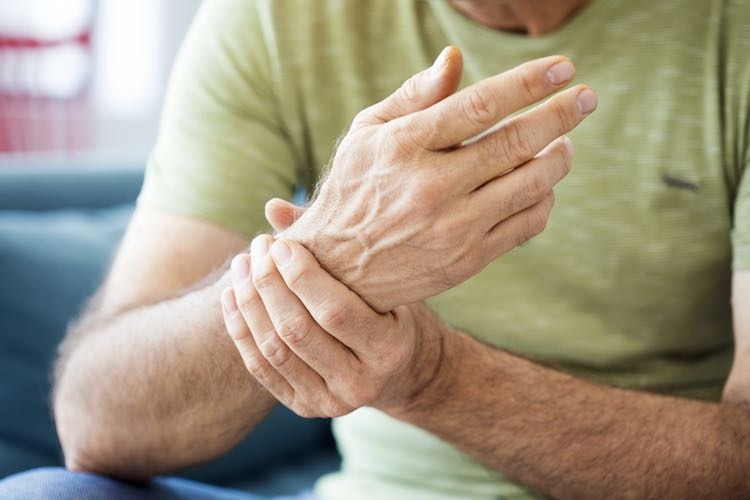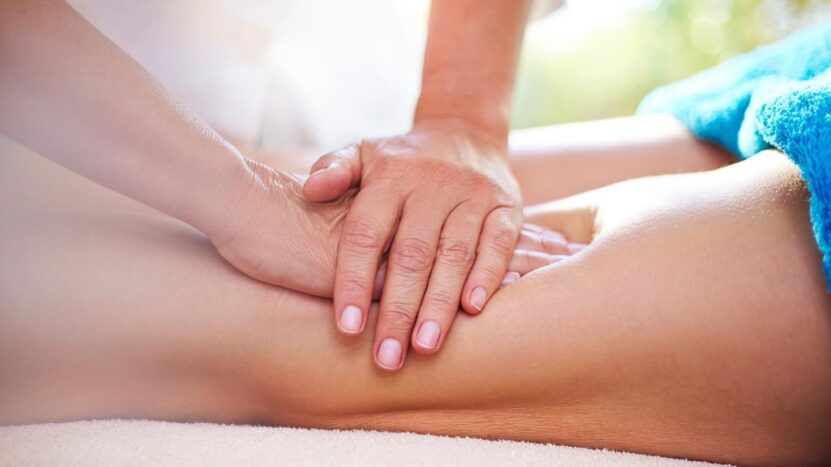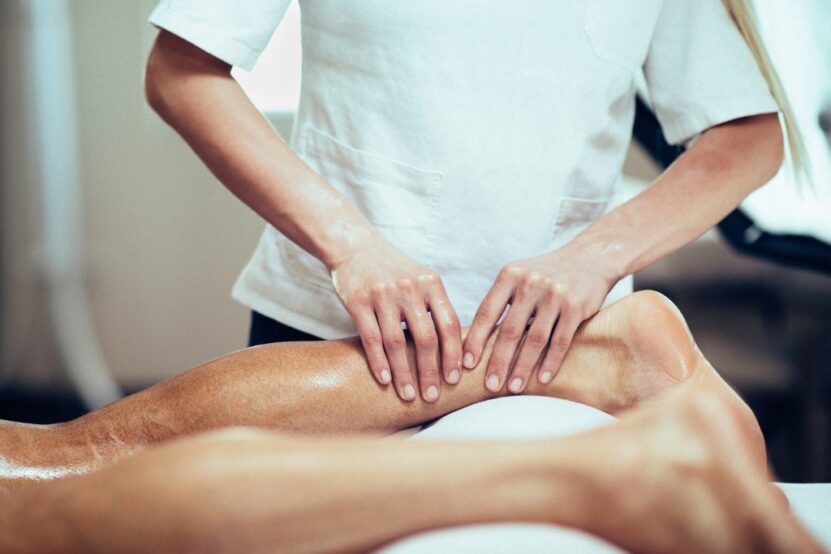Arthritis is a chronic condition that affects millions of people worldwide, causing joint pain, stiffness, and inflammation. For those living with arthritis, managing symptoms and improving quality of life are top priorities. While traditional treatments such as medication and physical therapy are commonly used, many arthritis patients are exploring complementary therapies to alleviate their symptoms.
Massage therapy has emerged as a popular option, offering potential benefits for those dealing with arthritis. Understanding how massage can help manage arthritis symptoms can empower patients to make informed decisions about incorporating it into their treatment plans.
Start by understanding arthritis and how it affects the body

Arthritis encompasses a range of conditions that affect the joints, causing pain, swelling, and reduced mobility. The most common types of arthritis are osteoarthritis and rheumatoid arthritis. Osteoarthritis is a degenerative condition that occurs when the protective cartilage in the joints wears down over time, leading to pain and stiffness.
Rheumatoid arthritis, on the other hand, is an autoimmune disorder that causes the immune system to attack the joints, resulting in inflammation and joint damage. Both types of arthritis can significantly impact an individual’s ability to perform daily activities and maintain a high quality of life.
Living with arthritis can be challenging, as the condition often leads to chronic pain and discomfort. Simple tasks such as walking, gripping objects, or bending can become difficult, limiting a person’s independence and mobility. In addition to physical symptoms, arthritis can also have psychological effects, contributing to stress, anxiety, and depression. Managing arthritis requires a comprehensive approach that addresses both the physical and emotional aspects of the condition, and massage therapy offers a promising avenue for achieving this balance.
How can massage help alleviate symptoms?

Massage therapy is increasingly being recognized for its potential benefits in managing arthritis symptoms. One of the primary advantages of massage is its ability to reduce pain and discomfort associated with arthritis. By applying gentle pressure and manipulating the soft tissues, massage helps increase blood flow and circulation to the affected areas, promoting healing and reducing inflammation. Improved circulation can also help deliver essential nutrients and oxygen to the joints, supporting the body’s natural repair processes.
Additionally, as suggested by Makangs, massage therapy including Chuncheon massage (춘천마사지) is known for its ability to relieve muscle tension and promote relaxation. For arthritis patients, muscle tension often exacerbates joint pain, as the surrounding muscles compensate for the lack of mobility and stability in the joints. Massage techniques such as effleurage and petrissage can help release muscle tension and improve flexibility, allowing for greater ease of movement and reduced strain on the joints. By alleviating muscle tension, massage therapy can provide significant relief from arthritis symptoms and improve overall comfort.
Beyond its physical benefits, massage therapy also has psychological advantages that can enhance the well-being of arthritis patients. Living with chronic pain can take a toll on mental health, leading to stress and anxiety. Massage therapy promotes relaxation and reduces stress hormones, creating a calming effect that can improve mood and emotional well-being. The release of endorphins during a massage session further contributes to a sense of relaxation and happiness, helping to alleviate the psychological burden of living with arthritis.
Make sure the massage is tailored to individual needs
For arthritis patients, it is crucial to tailor massage techniques to meet their individual needs and preferences. A skilled massage therapist can customize the approach based on the type and severity of arthritis, as well as any specific areas of discomfort. Swedish massage, with its gentle and flowing strokes, is often recommended for arthritis patients, as it promotes relaxation and reduces muscle tension without applying excessive pressure to the joints.
In cases where deeper work is needed, techniques such as myofascial release or trigger point therapy may be beneficial. These techniques focus on releasing tight knots and adhesions in the muscles, improving flexibility and reducing pain. It is important for arthritis patients to communicate openly with their massage therapist, providing feedback on pressure levels and areas of discomfort to ensure a comfortable and effective session.
Hydrotherapy massage, which involves the use of water, can also be particularly beneficial for arthritis patients. The buoyancy of water reduces the pressure on the joints, allowing for gentle movement and stretching. Hydrotherapy massage can take place in a warm pool or with the use of specialized equipment, providing a soothing and supportive environment for arthritis patients to experience relief from pain and stiffness.
This therapy has to be integrated into a grand therapy plan

While massage therapy offers numerous benefits for arthritis patients, it is most effective when used as part of a comprehensive treatment plan. Collaborating with healthcare professionals, such as rheumatologists and physical therapists, can help patients develop a personalized approach to managing arthritis that includes massage therapy. This integrative approach ensures that all aspects of the condition are addressed, from physical symptoms to emotional well-being.
Combining massage therapy with other interventions, such as physical therapy exercises, can enhance mobility and strengthen the muscles surrounding the joints. Regular physical activity is essential for maintaining joint health and preventing further deterioration. Low-impact exercises such as swimming, yoga, or tai chi can complement massage therapy by improving flexibility, balance, and overall fitness.
In addition to exercise, nutrition plays a vital role in managing arthritis symptoms. A diet rich in anti-inflammatory foods, such as omega-3 fatty acids, fruits, and vegetables, can support the body’s healing processes and reduce inflammation. Consulting with a nutritionist can help arthritis patients make dietary choices that complement their treatment plan and promote overall health.
Massage therapy is a viable option for arthritis patients seeking relief from pain and discomfort. By addressing both the physical and emotional aspects of the condition, massage offers a holistic approach to managing arthritis symptoms.
With its ability to reduce pain, improve circulation, and promote relaxation, massage therapy provides a valuable complement to traditional treatments. Integrating massage into a comprehensive treatment plan, along with exercise and nutrition, can enhance the quality of life for arthritis patients, helping them regain mobility, reduce stress, and improve overall well-being. Through personalized and consistent practice, massage therapy can make a meaningful difference in the lives of those living with arthritis.

